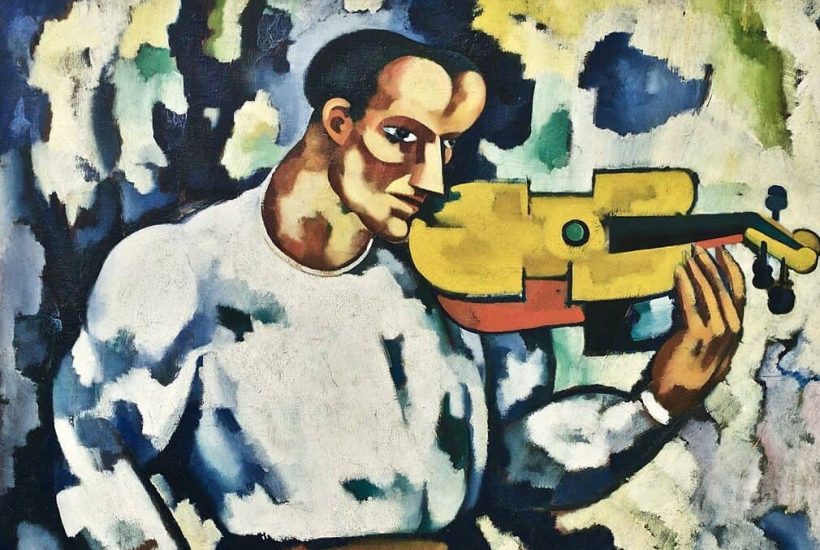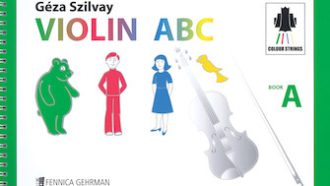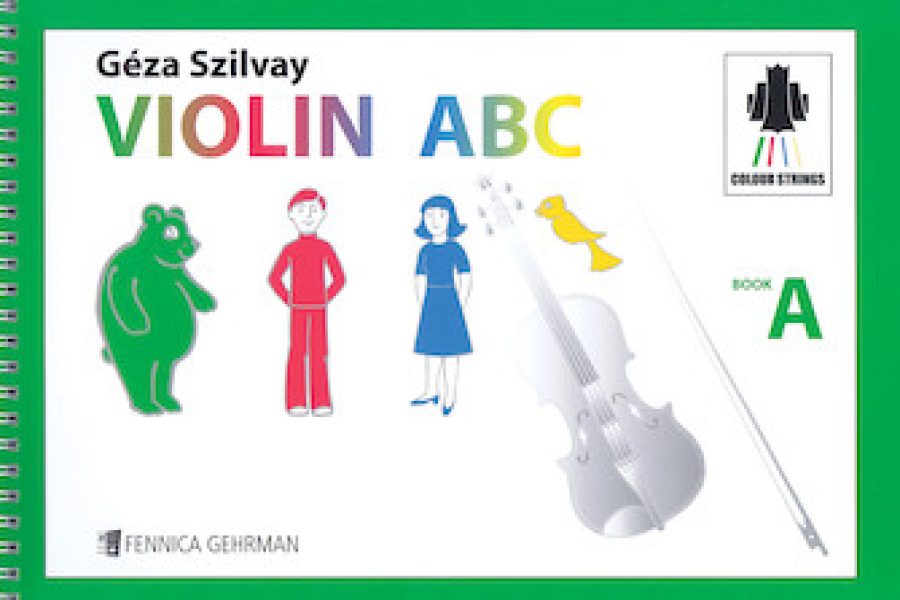I could be wrong, but doesn’t it seem like there isn’t that much written about the struggles we go through on our road to becoming professional string players? And by struggles, I am not talking about how long it took to gain control of your spiccato, or how much your pinky hurt after practicing double stops for three hours. No, I am talking about the feeling of loneliness in a practice room; the despair when you face the daunting fact at a young age that it will take years of consistent practice to become good; the realization that your instrument has in fact taken you hostage. It’s heavy!
Now, I realize that people come from different perspectives and experiences. Many of you may cherish every minute you spend alone with your instrument, and feel like you can never have enough. I do relate to the feeling of a good practice session being like that of a really good meditation—nutrition for the brain. Some of you may even have found the perfect balance between the nitty-gritty of “get the shape of this phrase just right”, and working on the overall voice for the story you wanted to express to an audience. But I suspect that for many students, the late night hours in a practice room do not come complete with the maturity necessary to envision a realistic, and satisfying, long-term goal for the road ahead.
The real struggle for me was always related to the endlessness of mastering the repertoire. I could spend several hours a day on my etudes, scales, and specific technical exercises, and feel like I accomplished something. But with the repertoire I would often feel like it didn’t matter how much I practiced; I could always do more, I could always do better, and so why not just give up since it would never be good enough anyways! I always felt like I should get so intimate with a piece of music that performing it would become a part of my breathing. Of course I rarely got to that point as a violin student, and it made me feel like a phony. I don’t remember anyone telling me that it was ok if I didn’t play like Anne-Sophie Mutter this time around—or ever—but I can’t help but wonder if that would have helped my young self set more realistic expectations, and stopped me from staring into the eternal, dark funnel of perfection.
All of this made for a very complicated relationship between my fiddle and myself, and it wasn’t until I stepped into the world of ethnic music, improvisation and playing by ear—where I really was a novice—that I learned to let go of reaching for divinity. Very quickly I had to accept being a beginner of sorts, a student with moderate expectations of themselves, enjoying every moment of not knowing where I was going—the road to perfection being nowhere in sight.
How did you find your voice as a string player? Was it a struggle?
I leave you with this prose by a dear childhood friend, and fellow struggler, Gudrun Arnadottir.
There once was a girl on a sunlit prairie.
The girl intoned tales and danced and the people smiled and said: What a musical little girl! She should learn how to play an instrument!
The girl was given a small violin and the girl intoned tales and danced with the little violin on her nose and the people smiled and said: What a musical girl! She should learn how to play a bigger instrument!
The girl was given a slightly bigger and heavier violin and she intoned tales and danced timidly with the violin on her shoulder and the people smiled and said: What a musical girl! She should learn how to play an even bigger instrument!
The girl was given an even bigger and heavier violin and with this big violin on her back she tried to play scales to a fearful dance. After a short while she stopped to catch her breath. The people said: Ahem! Practice! Always practice!
And the girl practiced and practiced until she got so small that she could crawl inside the big and heavy violin.
It was cramped in there, dark, and cold. The girl was exhausted so she curled up on the bottom of the violin and fell asleep.
When the girl woke up she was shivering from tip to toe. With difficulty she pushed the walls of the violin apart and looked around. The people were gone and the sun was shining. The girl crawled out very slowly and laid down in the warmth of the sun.
A vision from the far away past emerges from the back of her mind: A girl intones tales and dances and she knows: I can also do this with an instrument!





